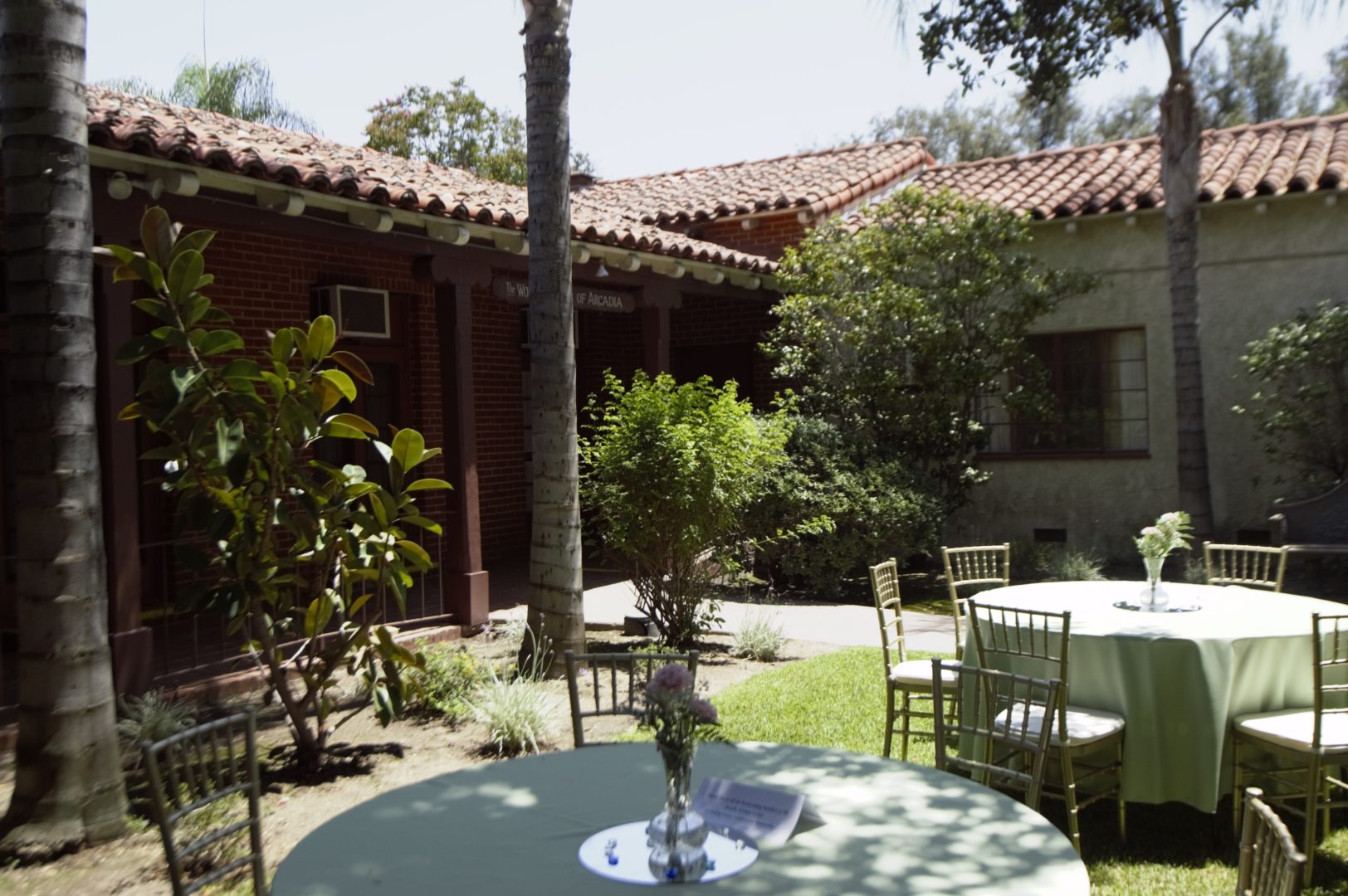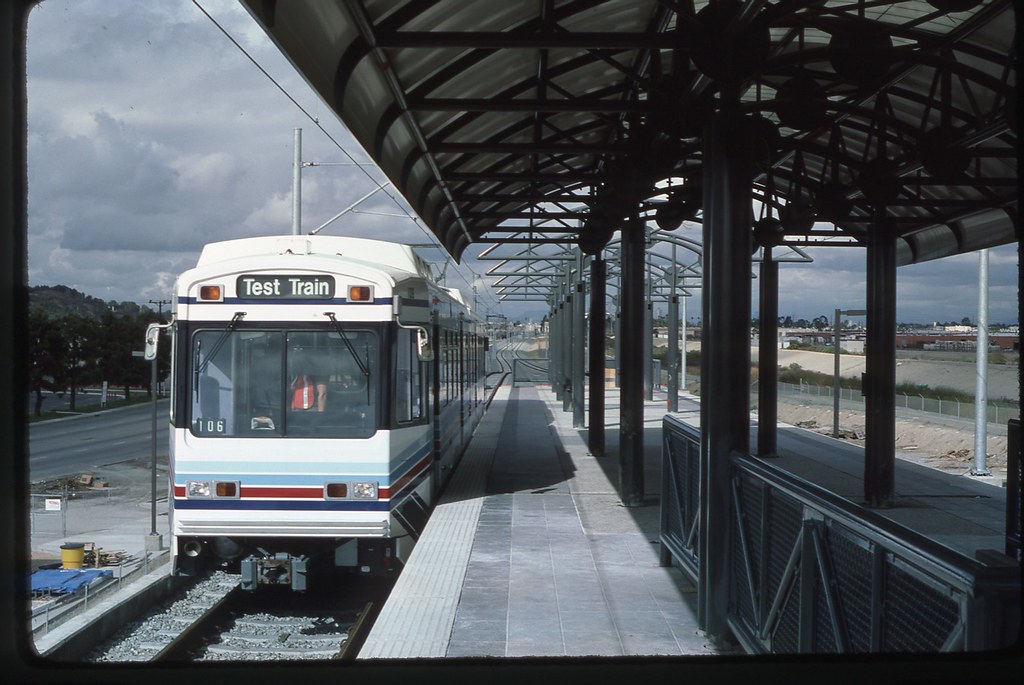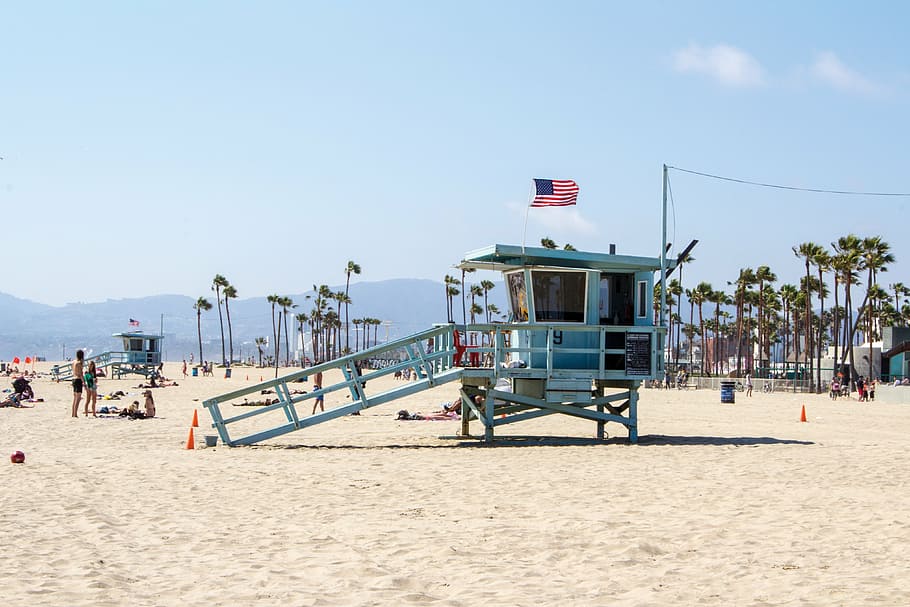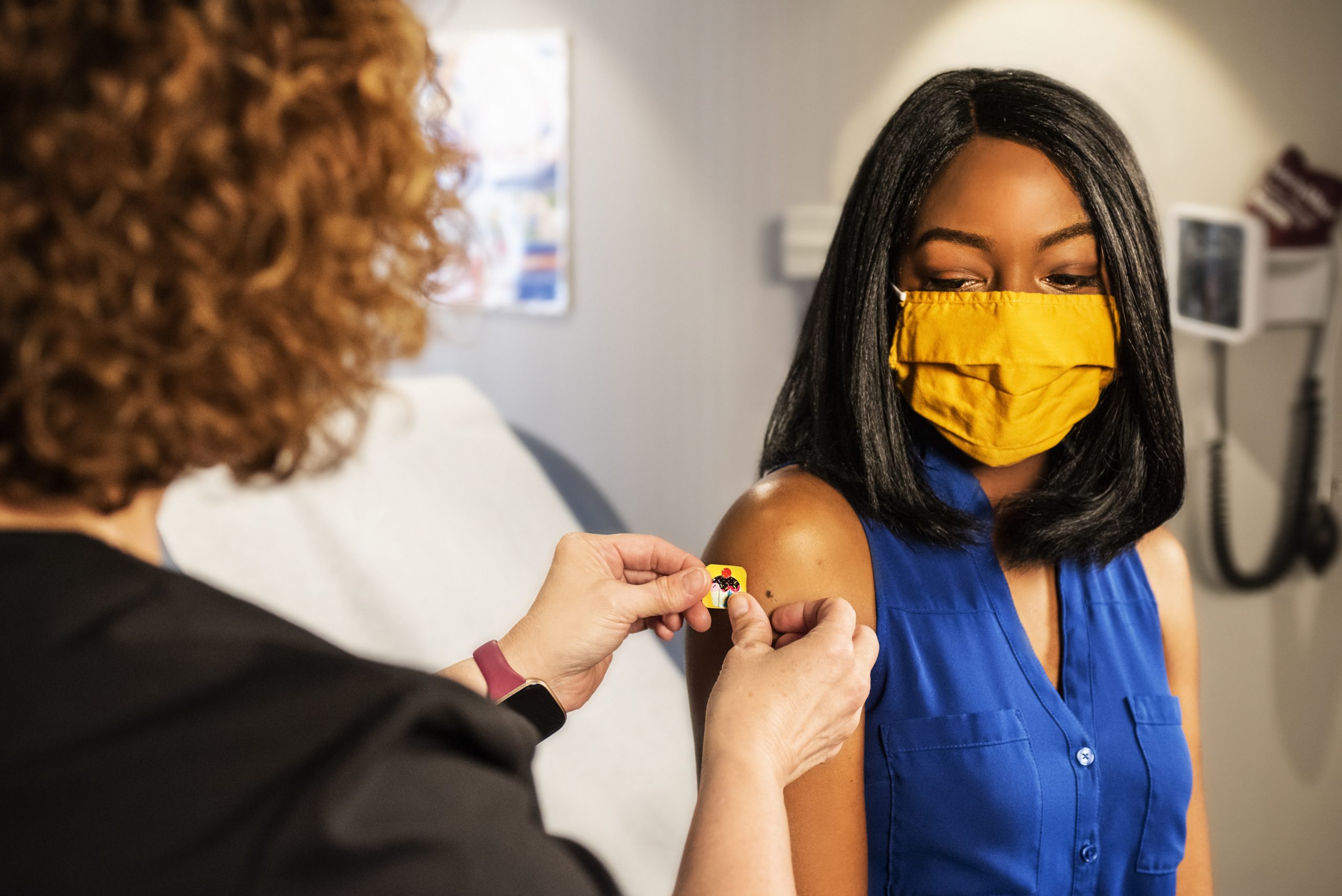Celebrating the 90th year of the construction and dedication of their clubhouse, Arcadia Woman’s Club pulled out all the stops last Friday for the commemoration. Scores of state and local dignitaries attended the event which included artifact displays, old news clippings, tours of the facility and refreshments.
A vintage 1931 Model A Ford outside the clubhouse beckoned Senator Susan Rubio, Assemblymember Ed Chau, Supervisor Kathryn Barger, Arcadia City Council, city staff, as well as the Woman’s Club Federation leadership, community and business members, past club members, the Junior Women’s Club, and many more to the event to see how important this club is to Arcadia’s rich history.
The club is also starting the process of applying for the City of Arcadia’s Historical Preservation landmark designation for the building—seemed appropriate as they make this milestone of 90 years and are focusing on the building.

“In May 1914, Alice Billings invited several women to her home on South Santa Anita Drive for the express purpose of organizing a woman’s club. Dues were set at 25 cents a month and Billings was elected as their first president,” according to the Arcadia Woman’s Club website. “One of the organization’s first efforts to promote Arcadia was to enter a float in the Tournament of Roses Parade.”
One of the club’s first civic projects was establish a library in Arcadia, a particular wish of Billings. After securing approval of the proposal from the county, the new library opened in a small building at the southeast corner of First Avenue and Indiana (Wheeler) Street. Although the City Council paid the rental fee for the building, $10 a month at that time, the library’s expenses— including housing, buying new books and hiring the librarian—were paid by the Arcadia Woman’s Club.
When the United States entered World War I, the Arcadia Woman’s Club joined the war effort. Red Cross supplies were obtained from Los Angeles and used for the soldiers stationed at the Balloon School at Ross Field in Arcadia where balloon pilots were trained to spy on the Germans.
“Balloons could go up, be in the air for six, eight, ten hours at a time, up over the battle, observing what’s going on, and report back to the ground what they are seeing in real time,” Richard Des Chenes, a national expert on America’s World War I balloon corps, told KPCC in a 2008 interview. Ross Field was named after Lt. Cleo J. Ross of the Army Air Service’s 8th Balloon Company, “The only balloon pilot that was ever killed in combat.”
A canteen was set up at Ross Field and dances were occasionally held at City Hall. Arcadia Woman’s Club member would even select service members’ dancing partners. Box suppers, coffee and other foods were often served during these dances.
“The government may have furnished the money for these events but it was the women who did all the work,” writes Jack McCrea for the Arcadia Woman’s Club. “There was no U.S.O. (United Services Organization) during the First World War, but during World War II it was the Woman’s Club that housed the organization in Arcadia.”







